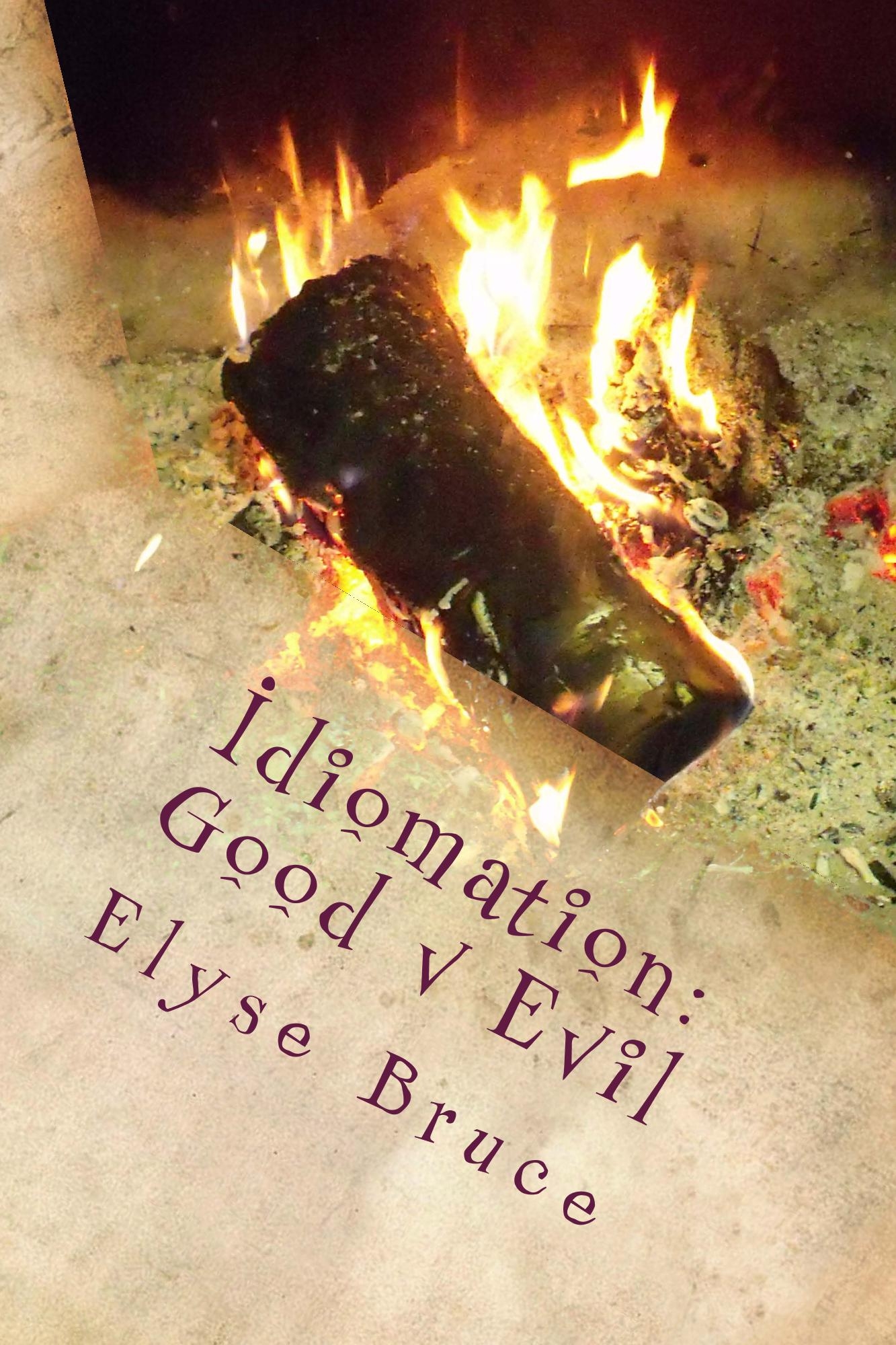Don’t Take Any Wooden Nickels
Posted by Admin on January 4, 2011
On May 9, 1965 the New York Times carried an article in the Resort’s Travel section entitled, “Sesquicentennial For Stroudsburg.” It spoke of the preparations in the Pocono Mountain vacation land community that was preparing for its sesquicentennial celebration in June and how women would be wearing 100-year-old costumes and men would be sporting beards.
There will be contests in various events, street dancing and even the distribution of wooden nickels. Gov. William W. Scranton is scheduled to participate. The observance is being held to commemorate the incorporation of the area as a borough in 1815.
Back on August 6, 1951, Milton Esterow wrote a Special Report to the New York Times about Norwalk, Connecticut’s 300th Anniversary that had taken place the day before. The headline announced, “City Goes Colonial for Its Party.” In the article, Milton Esterow wrote:
This was the menu in Norwalk’s eating places 300 years ago. Some of the citizens were bedecked in Colonial garb and stores accepted purchased with wooden nickels marked “Tercentenary.” In 1649, when New York was New Amsterdam and Norwalk teas known as Norwaake, the town was settled by colonists from Hartford under Roger Ludlow, Deputy Governor of the Connecticut Colony.
But was it ever legal currency in any country, including America? The answer, according to the International Organization of Wooden Money Collectors which was founded in 1964 is that Canada, America and other countries have occasionally struck wooden currency confirmed that wooden nickels have been struck and used as legal currency from time to time.
When the Citizen’s Bank of Tenino, Washington failed in 1931, the local Chamber of Commerce held a meeting that resulted in the local newspaper printing up the first issue of wooden money in the United States.
However, the concept of wooden nickels was alive and well before the Depression Era as evidenced by an article in the Chicago Daily Tribune on February 11, 1925 reported:
He was the kind of man who calls back, “Dont take any wooden nickels” as he disappears through the door.
Since the phrase was reported so casually in 1925 with no explanation as to what the phrase meant, it is reasonable to believe the phrase was already in use prior to the Depression years.
Going back to the turn of the 20th Century America, the phrase was used as a warning for those from the country headed into the city for any number of reasons. It was meant as a humourous warning about city slickers and their fancy ways so country folk wouldn’t get scammed and conned out of their money and goods.
It is doubtful that any wooden nickels — real or imaginary — existed prior to the turn of the 20th Century and for one simple reason. Prior to 1866, there was no such currency as a nickel in either Canada or the United States. There were half-dimes in America up until 1873 and these were made of silver.
That being said, the term nickel was used for other coins before it came to mean a five-cent piece. The original Indian Head cent was referred to as a nickel or “nick.” This is because when it was first produced, it was made from a copper nickel alloy from 1859 through to 1964.
A three-cent nickel was produced in 1865, and it, too, was composed of a copper nickel alloy. The three-cent nickel wasn’t particularly popular and it was discontinued 1889.
The warning not to accept “wooden” items has been in existence since the mid-1800s in America. Back then, some peddlers were known to mix wooden nutmeg and wooden cucumber seeds in with the real nutmeg and cucumber seeds. So it’s easy to see why honest folk needed to heed the warning.
So while the phrase “don’t take any wooden nickels” is a turn of the 20th Century phrase, the concept pre-dates the phrase by at least another 50 years.


Quora said
What does the phrase “don’t take any wooden nickels” mean and where did it originate from?…
This is used as a silly “warning” or bit of folk advice — particularly meant for country folks heading into the big, bad city. When you use this phrase, you’re generally telling a person, “be careful and don’t get scammed.” Around the turn of th…
Idle No More: Don’t Take Any Wooden Nickels « Elyse Bruce said
[…] hesitate to write this article (using the expression ‘wooden nickels‘) because it is bound to upset some people. One thing the Idle No More movement doesn’t […]
Idle No More: Don’t Take Any Wooden Nickels | Thomas D. Taylor said
[…] hesitate to write this article (using the expression ‘wooden nickels‘) because it is bound to upset some people. One thing the Idle No More movement doesn’t need is […]